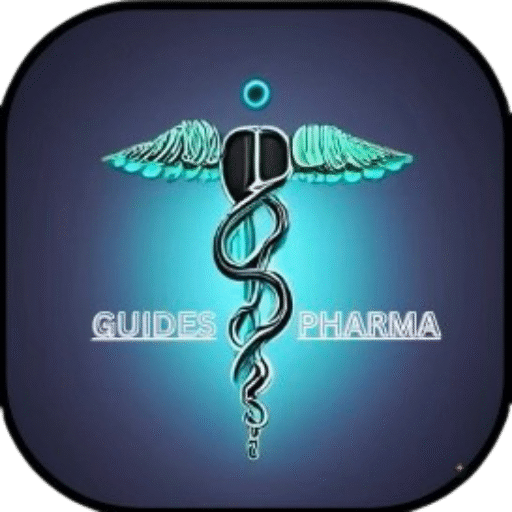Table of Contents
ToggleDifference Between ADR and ADE in Pharmacovigilance
Introduction
Imagine taking a medicine to ease a headache, but ending up with nausea instead. Was it the medicine’s fault, or did something else go wrong? This is where ADR (Adverse Drug Reaction) and ADE (Adverse Drug Event) become crucial terms in pharmacovigilance, the science that keeps medicines safe for everyone.
Whether you’re a student, a PV professional, or preparing for an interview, understanding ADR vs ADE will sharpen your concepts and your career readiness.
Understanding ADR (Adverse Drug Reaction)
Definition of ADR
ADR is a harmful and unintended response to a medicine when it is used at normal doses for prevention, diagnosis, or treatment.
Types of ADR
-
Type A (Augmented): Predictable, dose-related, common.
Example: Hypoglycemia from insulin. -
Type B (Bizarre): Unpredictable, not dose-related, rare.
Example: Anaphylaxis from penicillin.
Examples of ADR
-
Rash after taking an antibiotic.
-
Bleeding due to anticoagulants at therapeutic doses.
Importance of ADR Reporting
ADR reporting helps:
-
Identify unsafe medicines.
-
Update drug labels with new warnings.
-
Protect public health by taking regulatory actions.
Understanding ADE (Adverse Drug Event)
Definition of ADE
An ADE is any injury resulting from the use of a drug, including medication errors, overdoses, and ADRs.
Types of ADE
-
Medication Errors: Wrong dose, wrong patient, incorrect administration.
-
ADR within ADE: ADRs are a subset of ADE.
-
Allergic Reactions: Immune-mediated ADEs.
Examples of ADE
-
Administering the wrong medication leading to toxicity.
-
ADR leading to hospitalization.
-
Overdose leading to respiratory depression.
Importance of ADE Monitoring
Monitoring ADEs helps healthcare systems:
-
Reduce medication errors.
-
Enhance patient safety.
-
Improve medication use policies.
Key Differences Between ADR and ADE in Pharmacovigilace
Scope and Coverage
-
ADR: Harmful, unintended effects at normal doses.
-
ADE: Broader term including ADRs, medication errors, overdoses.
Inclusion of Medication Errors
-
ADRs do not include medication errors.
-
ADEs include medication errors and ADRs.
Severity and Predictability
-
ADRs may be predictable (Type A) or unpredictable (Type B).
-
ADEs may result from errors or predictable/unpredictable drug effects.
Regulatory Perspectives
ADR reporting is mandatory under specific PV guidelines for monitoring drug safety, while ADE data collection helps hospitals and regulators improve overall safety practices.
Table: Difference Between ADR and ADE in Pharmacovigilance Comparison
| Aspect | ADR | ADE |
|---|---|---|
| Definition | Harmful, unintended response at normal doses | Any injury due to drug use |
| Includes | Only drug reactions | ADRs, medication errors, overdoses |
| Scope | Narrower | Broader |
| Medication Errors | Excluded | Included |
| Example | Rash from penicillin | Overdose leading to toxicity |
Interview Perspective: Difference Between ADR and ADE in Pharmacovigilance
Common Questions:
-
Define ADR and ADE.
-
Differentiate ADR and ADE with examples.
-
Are all ADEs ADRs?
How to Explain:
“An ADR is a harmful reaction at normal doses, while an ADE is any injury related to drug use, including errors, overdoses, and ADRs.”
Real-World Scenario:
“If a patient receives a wrong dose leading to hospitalization, it’s an ADE but not an ADR.”
Case Studies and Examples
Case Example of ADR:
A patient taking warfarin at the prescribed dose develops bleeding.
Case Example of ADE:
A nurse accidentally administers a double dose of insulin, leading to hypoglycemia.
Lessons Learned:
Clear documentation and understanding the difference are essential for effective pharmacovigilance and interview clarity.
The Role of Pharmacovigilance in Managing ADR and ADE
-
Monitoring reports from healthcare professionals.
-
Assessing signals and risks.
-
Implementing risk minimization measures.
-
Training healthcare staff for safer drug use.
Tools Used in ADR and ADE Monitoring
-
WHO VigiBase: Global ADR reporting system.
-
EudraVigilance: Europe’s ADR monitoring system.
-
FDA FAERS: U.S. adverse event reporting system.
Best Practices for Pharmacovigilance Professionals
-
Always report ADRs promptly.
-
Use causality assessment tools.
-
Educate healthcare professionals on medication safety.
-
Participate in continuous training for ADR/ADE identification.
Challenges in Differentiating ADR and ADE
-
Overlapping clinical presentations.
-
Incomplete data in patient records.
-
Difficulty in assessing causality in polypharmacy cases.
Conclusion
Difference Between ADR and ADE in Pharmacovigilance, understanding ADR vs ADE is essential for ensuring drug safety and patient protection. ADRs are harmful reactions at normal doses, while ADEs cover a broader scope including medication errors and overdoses. Knowing these differences will make you a better pharmacovigilance professional, enhance your reporting quality, and strengthen your interview readiness.
FAQs
1. What is the simplest way to remember the difference between ADR and ADE in Pharmacovigilance?
ADR = Reaction at normal dose, ADE = Any injury from drug use (including errors and overdoses).
2. Is every ADR considered an ADE?
Yes, but not every ADE is an ADR.
3. What tools are best for ADR reporting?
WHO VigiBase, EudraVigilance, and FDA FAERS.
4. Why is differentiating ADR and ADE important for interviews?
It demonstrates clear conceptual understanding, critical for PV roles.
5. Can an ADE occur without causing harm?
Technically, ADE involves harm, but near-miss errors are tracked separately under medication safety monitoring.

